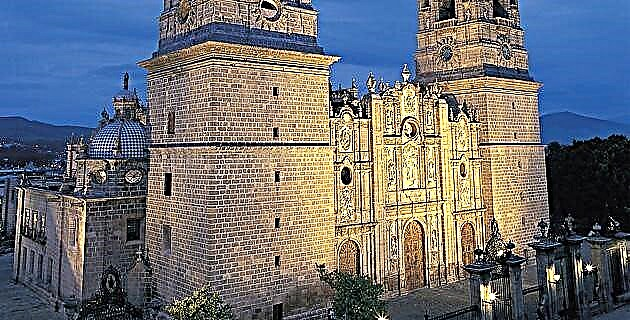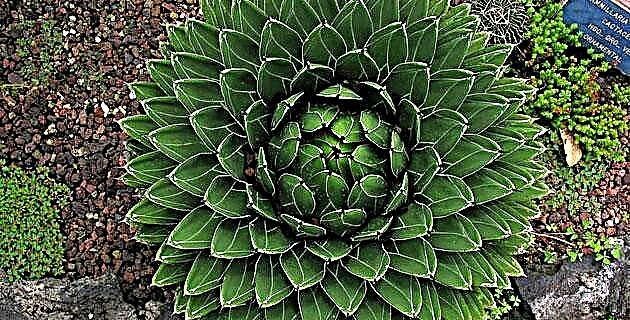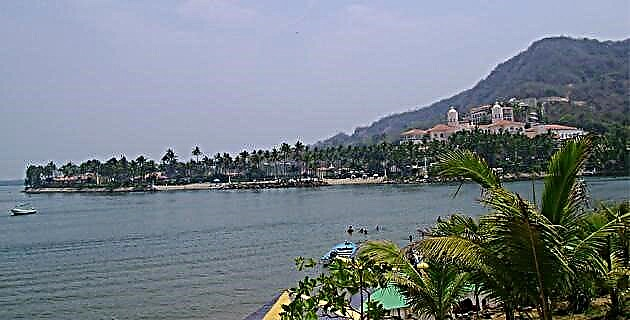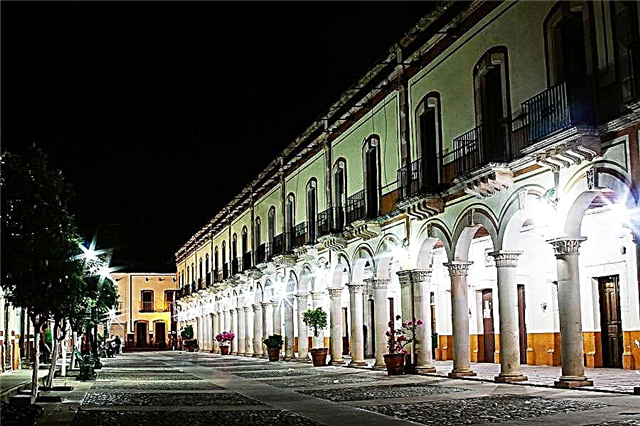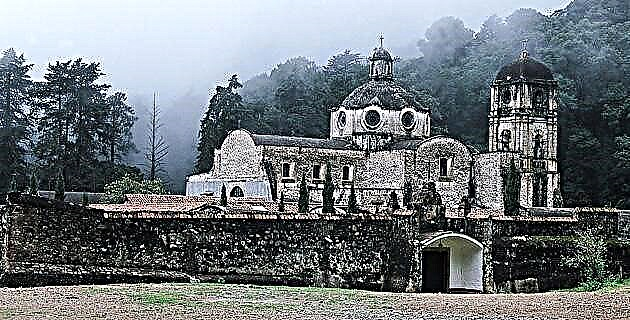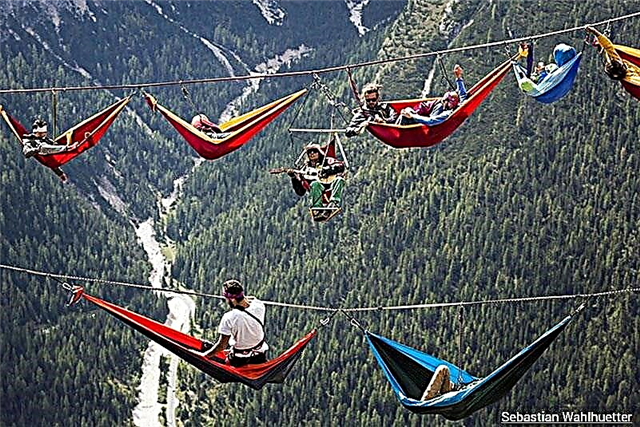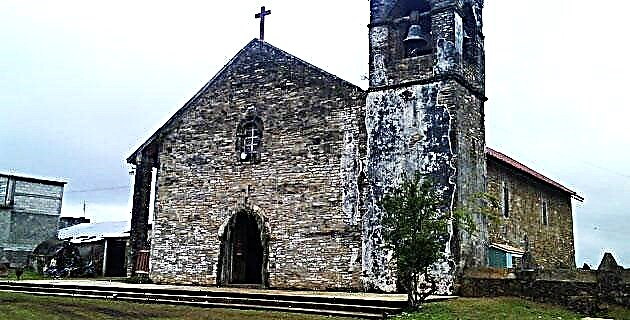
Located at the top of a plateau, this old manor surrounded by rivers and mountains functioned as a natural fortress and as a war frontier on the limits of the Sierra Madre Oriental, in the heart of the Huasteca
As we approach the road that comes from Huejutla and Atlapezco, in the distance we see an almost square elevation, with the base surrounded by narrow plains that gradually turn into high mountains. At first glance Yahualica can be seen, its defensive function is evident, which is why, since ancient times, it served as an important fortress and a great manor that had garrisons of warriors and, according to the chronicles, it remained a war frontier. Even the neighboring province of Huejutla (today considered the heart of the Huasteca Hidalguense), maintained continuous wars against this town. In addition, it is said that it functioned as a fortress for the Metztitlán lordship, with a strong military garrison, for which reason they were sometimes allies of the Huastec peoples and on other occasions it functioned as a border limit.
With joy in the blood
It is a very wide and interesting region characterized by an interaction of social, historical, cultural and archaeological elements, around which different populations are identified. Among them, they often share diverse manifestations such as the Nahuatl language, religious traditions and festivals, gastronomy, economic activities and the environment, common aspects that belong to the same regional group. However, the greatest bond of union is its festivities, adorned by its striking dances, the ancient wind music and the Huastecan huapangos.
Many festivals are part of the old agricultural calendars and their representations, hybrids between the Catholic and the pre-Hispanic. Festivities such as those of the Patron Saint San Juan Bautista, on June 24; Carnival, on February 9; Holy Week, in March-April; and the Day of the Dead or Xantolo, every November 1 and 2. Most of them take place in the large atrium and in the parish built in 1569 and dedicated to Saint John the Baptist. Dances such as Los Coles o Disfrazados, Los Negritos, Los Mecos and El Tzacanzón, are danced at festivals, weddings, baptisms and funerals. Some are made so that death does not take them away or does not recognize them, and others were made to make fun of the conquerors.
Ingrained traditions
In times of drought, they organize themselves by neighborhoods to take San José to each well, where they decorate it with flowers, and all night they ask for rain, while offering coffee and food to those present. On Good Friday, they place the Christ at the entrance of the church and tiny fabrics made by girls adhere to his tunic, as a symbolic action to acquire embroidery skills.
The embroidered tablecloths and blouses, the carnival masks, the pots and comales, the huapangueras and jaranas guitars, and the verses of the Alborada Huasteca trio stand out.
Every year they celebrate an important and original Contest of Arches of Xantolo (a party that celebrates deceased children or angels), which motivates the imagination of each inhabitant and keeps this ancient tradition alive.
Here the gods are still required to grant rain, good crops, women, health or even induce evil. For this, at the northern end of this plateau, there is a "site of power", where healing rites are performed; It is a natural balcony and a high peak, where the healers clean their patients. It is a place where believers deposit offerings and cloth or paper fetishes, which represent people or their own figure.
This town, like the entire Huasteca culture, paid tribute to fertility and, until the end of the 19th century, still possessed the largest stone phallus in Mexico, measuring 1.54 m high by 1.30 m wide. This teteyote or stone member occupied the atrium of the church, where the newlyweds were seated to guarantee their fecundity in marriage. This unique piece is currently in the National Museum of Anthropology in Mexico City.
In Yahualica you can also enjoy typical sones or huapangos, of a clear Andalusian origin, according to the use of falsetto and strong zapateado, and that distinguish the entire Huasteca.
This is a place where traditions emerge naturally throughout the year, turning a common day into a great party, a time to laugh, share and dance.
What more could you want? As you can see, this corner of Mexico has everything to captivate you, it is a corner to live together and experience a creative, overwhelming, intense culture, but above all, very alive.
The regional singer-songwriter Nicandro Castillo already proclaims it:
… To talk about the Huasteca, you have to be born there, savor the dried meat, with small sips of mezcal, smoke a leafy cigarette, light it with flint, and the one who wets it better, will smoke it longer. Those Huastecas, who knows what they will have, the one who once knows them, returns and stays there ... The Three Huastecas.
Routes to Yahualica
From Mexico City, take federal highway 105, Mexico-Tampico, via short. Get to the city of Huejutla and continue for 45 minutes by paved road.
The ADO or Estrella Blanca bus service reaches the city of Huejutla, from there you can take a minibus or local transport.

